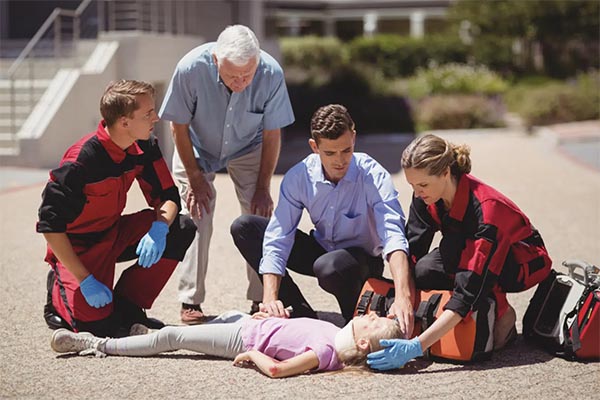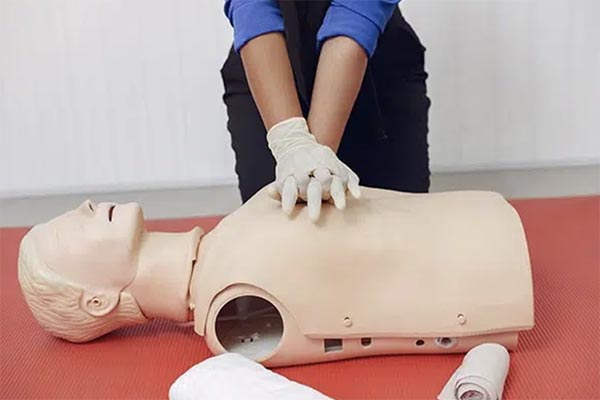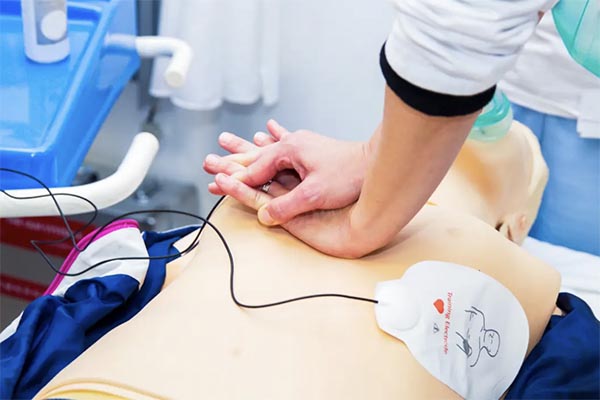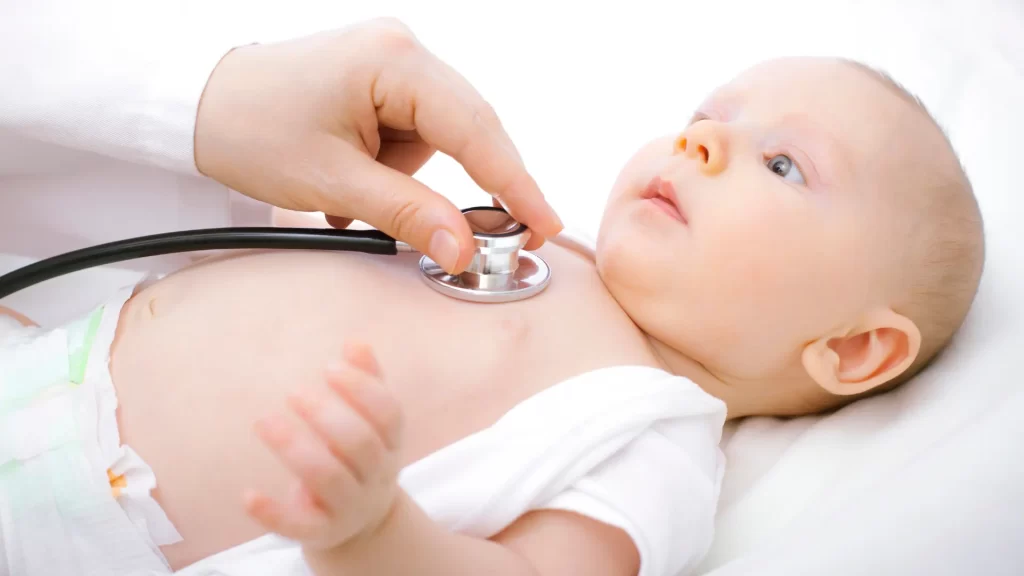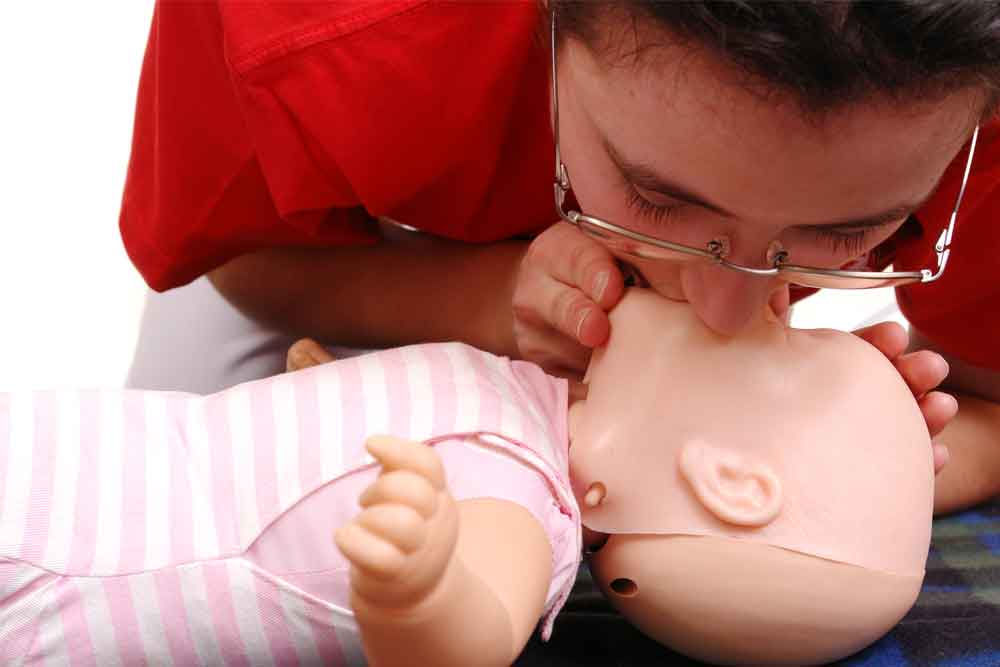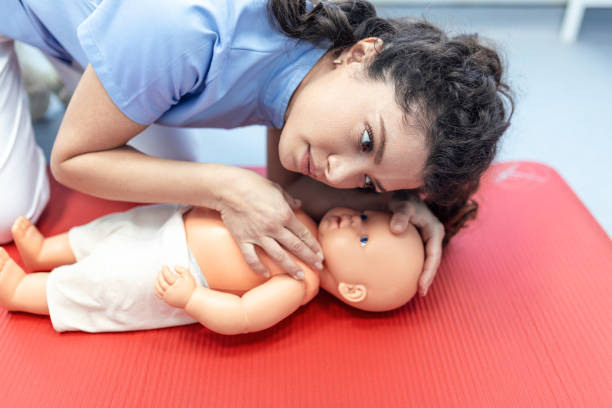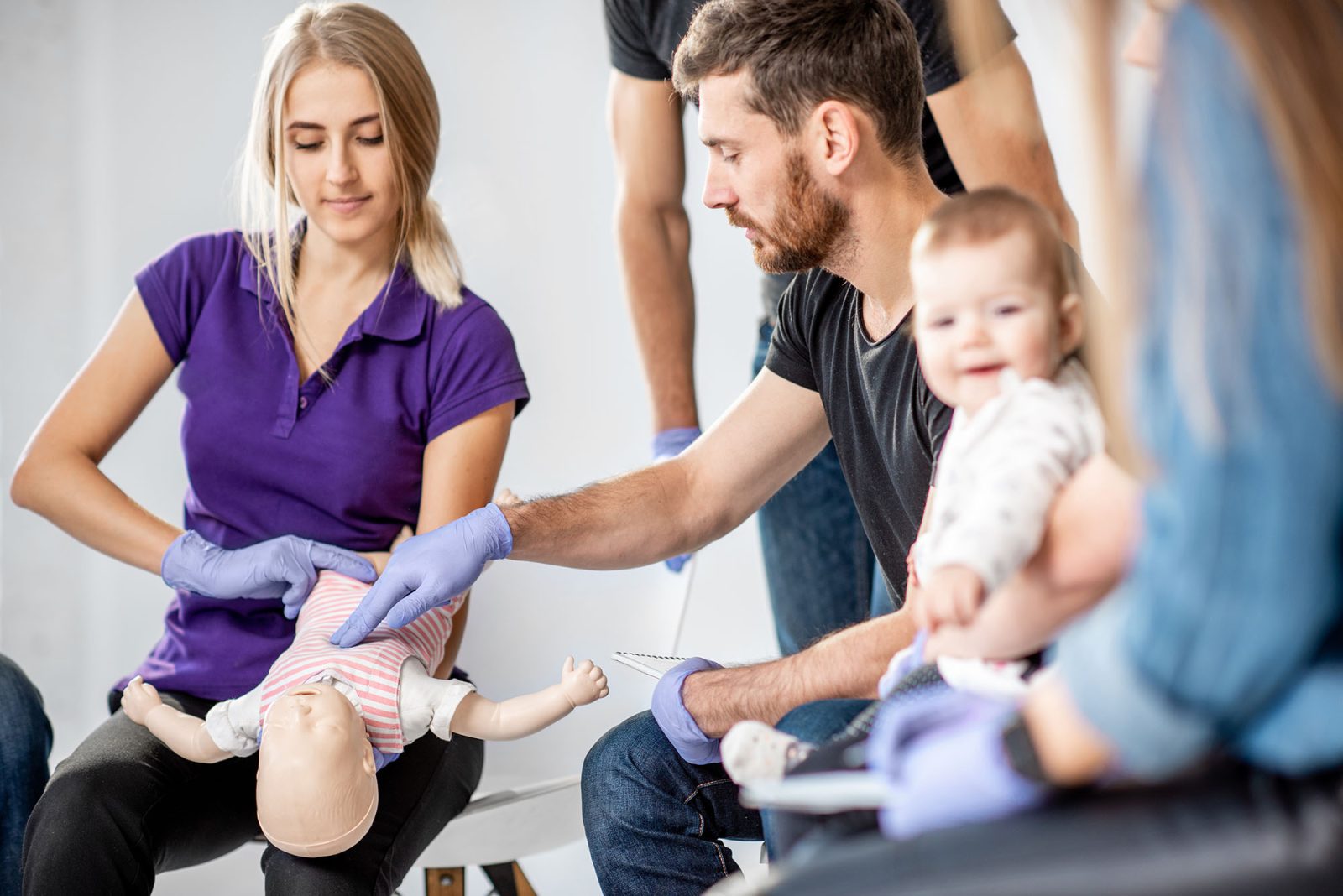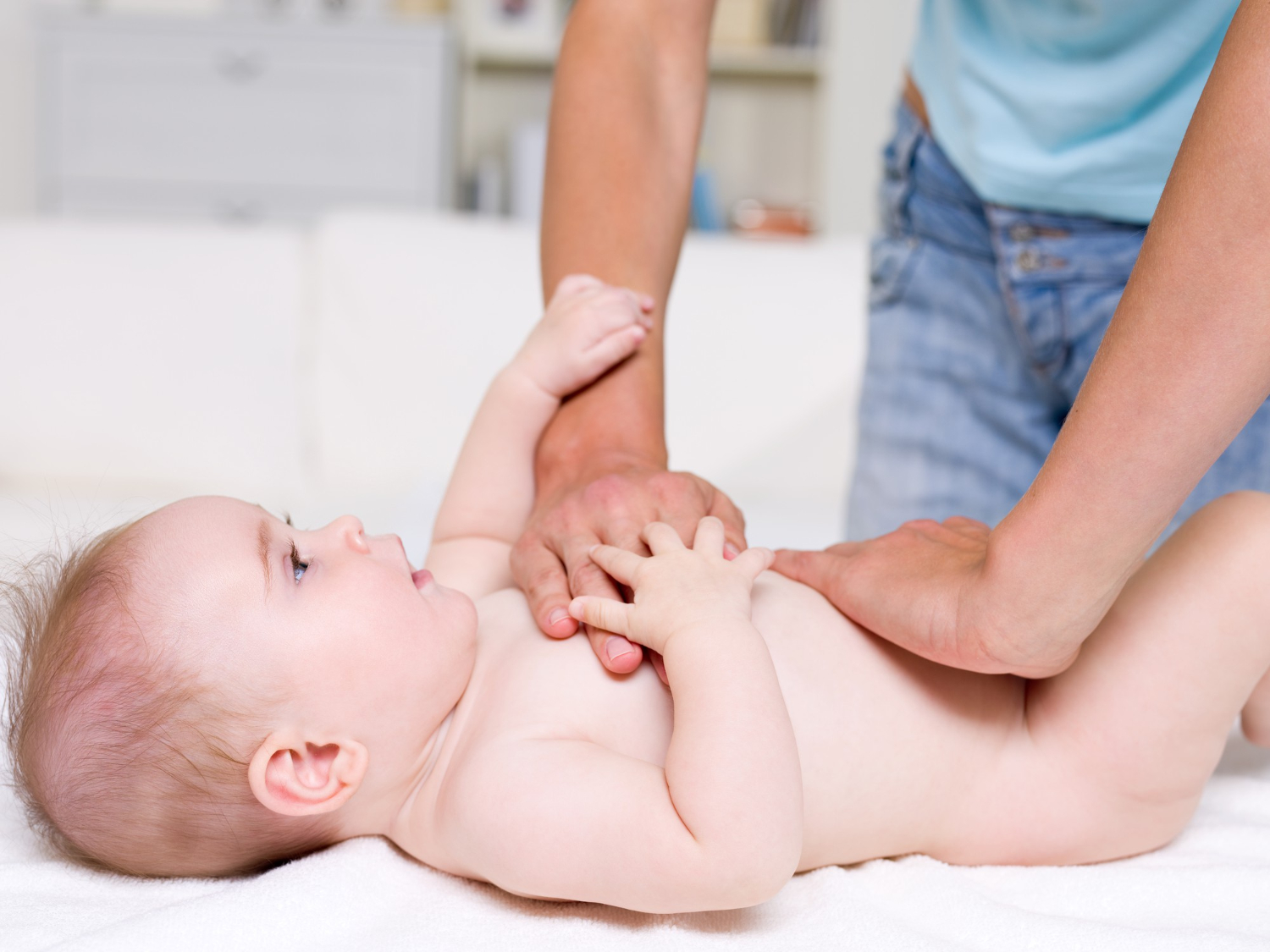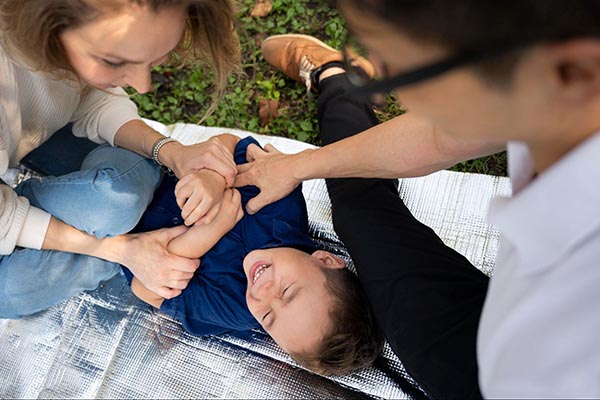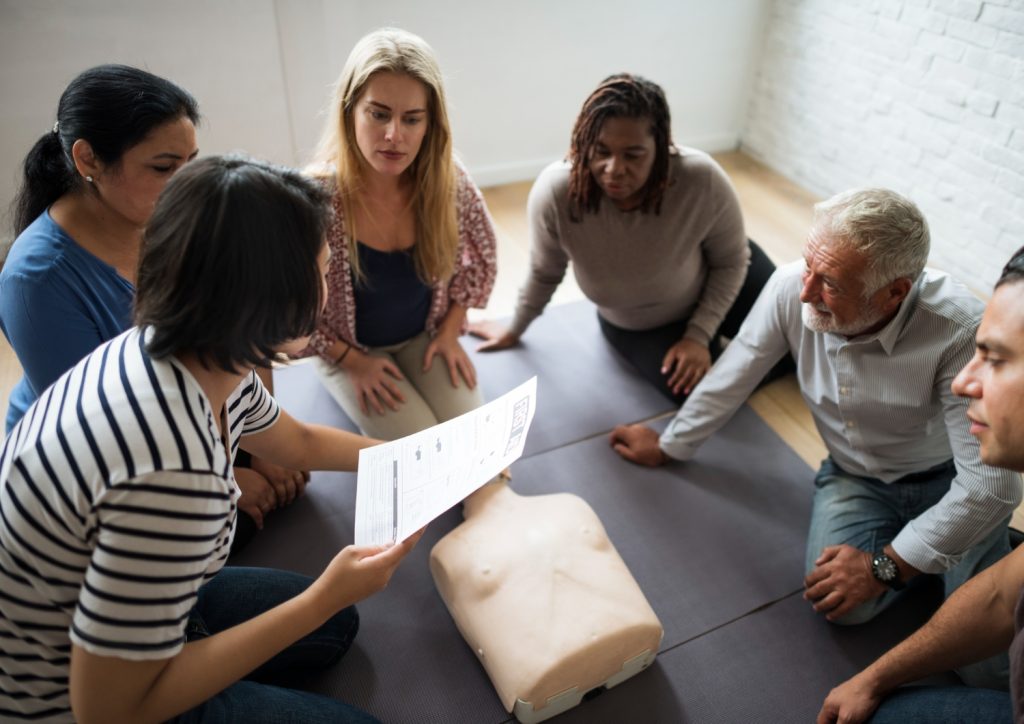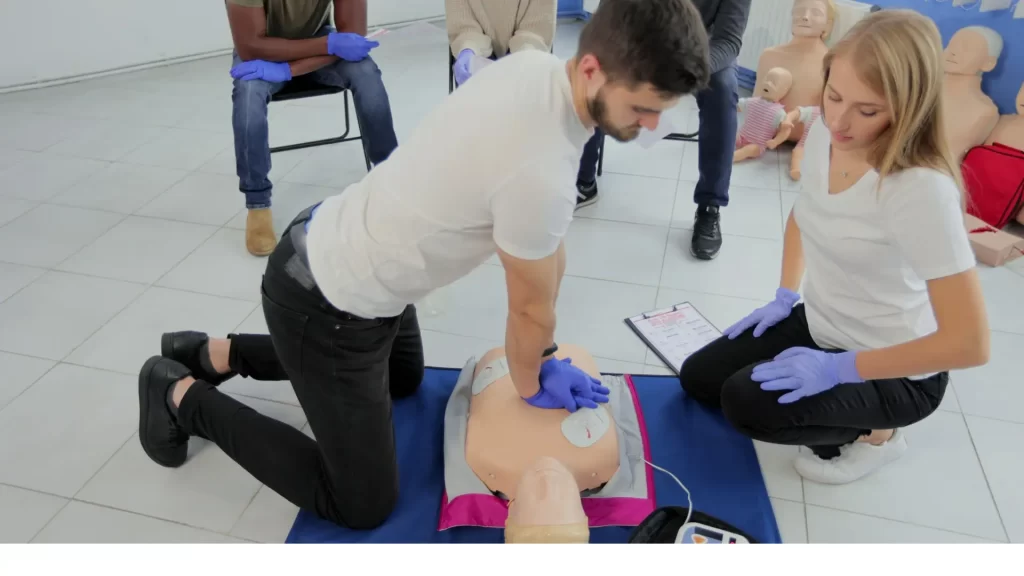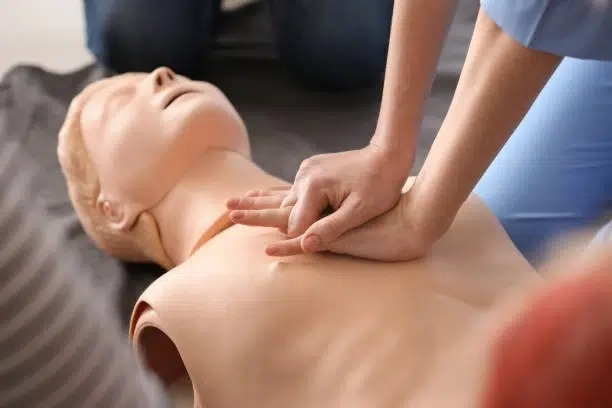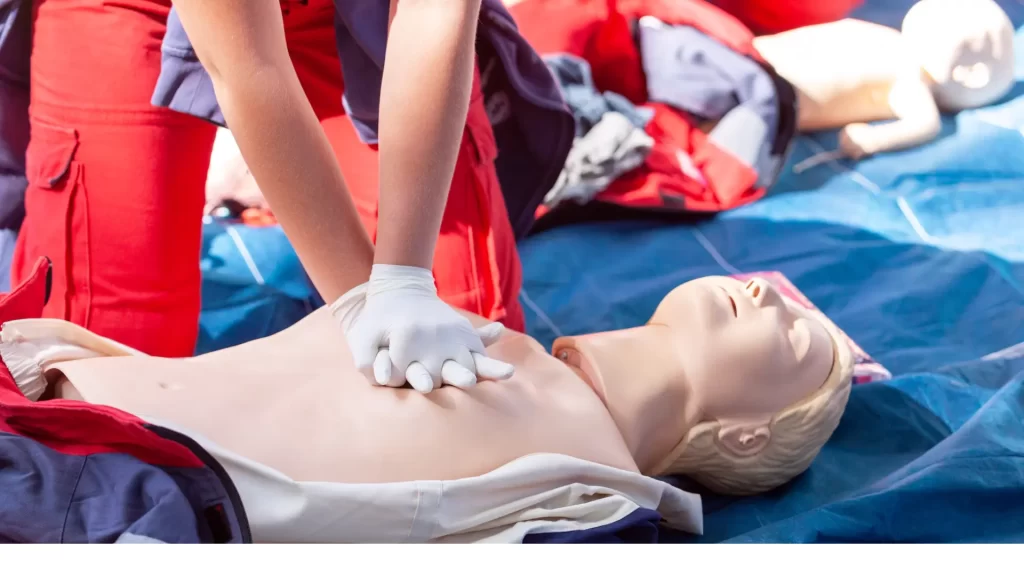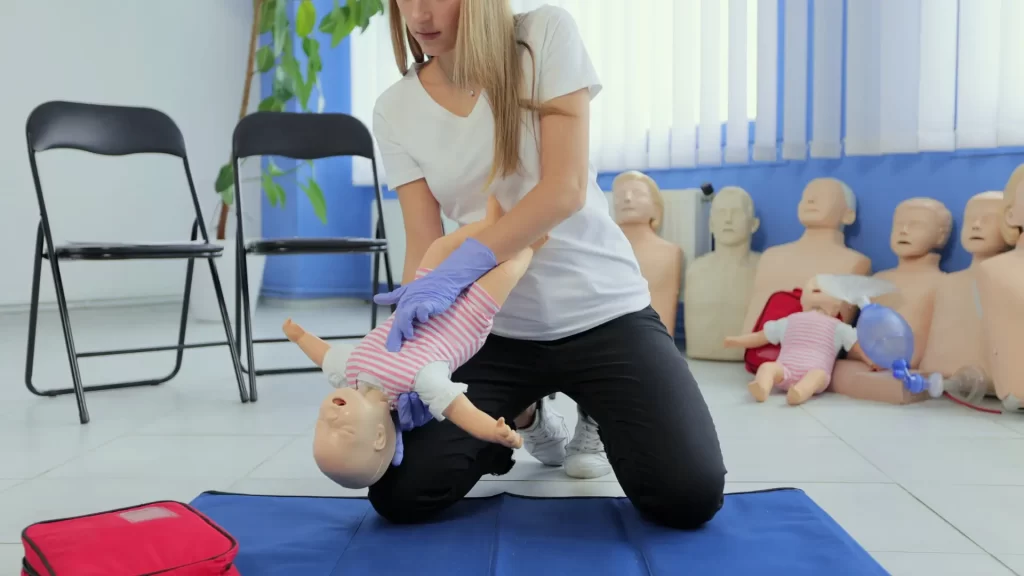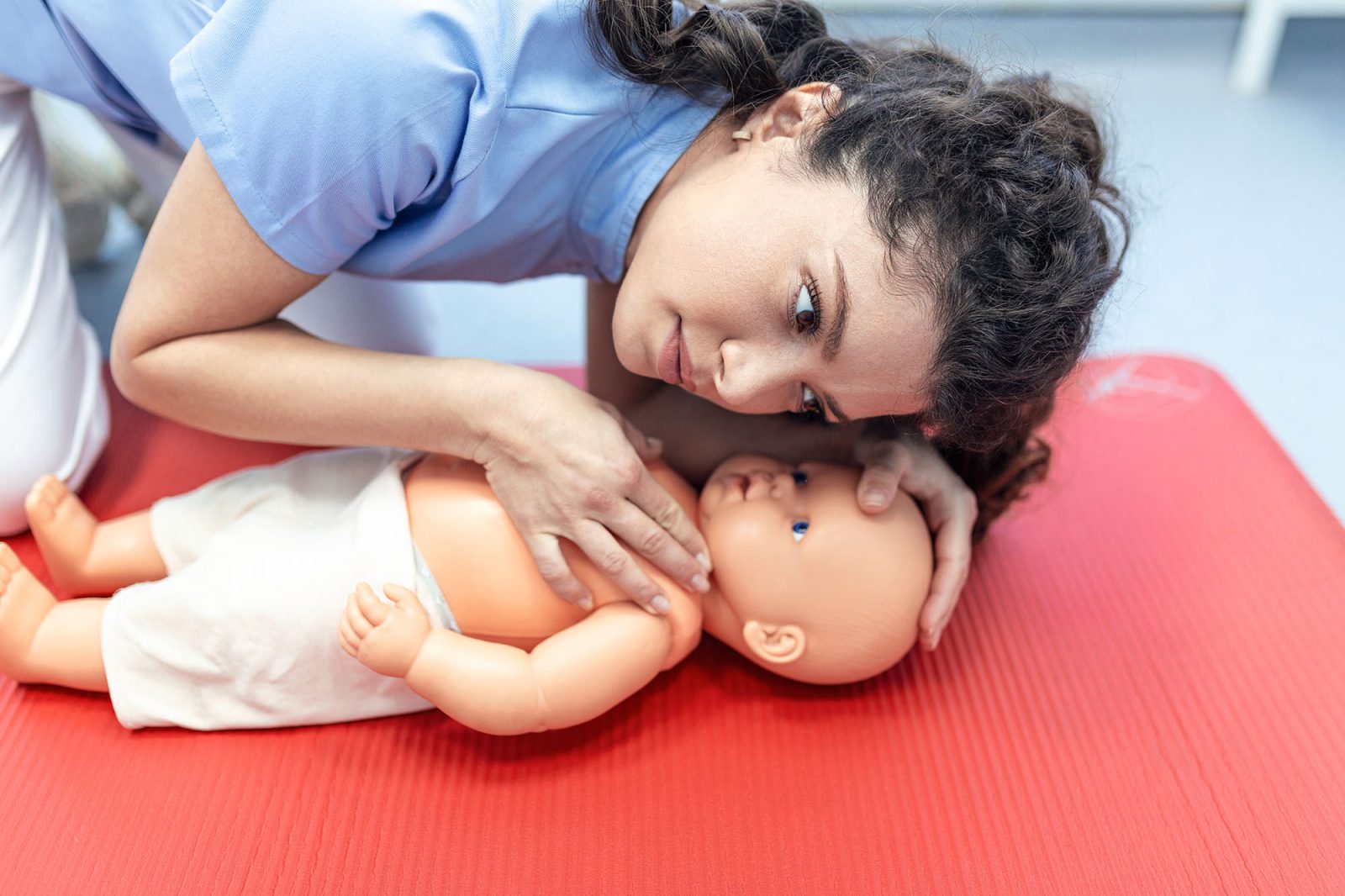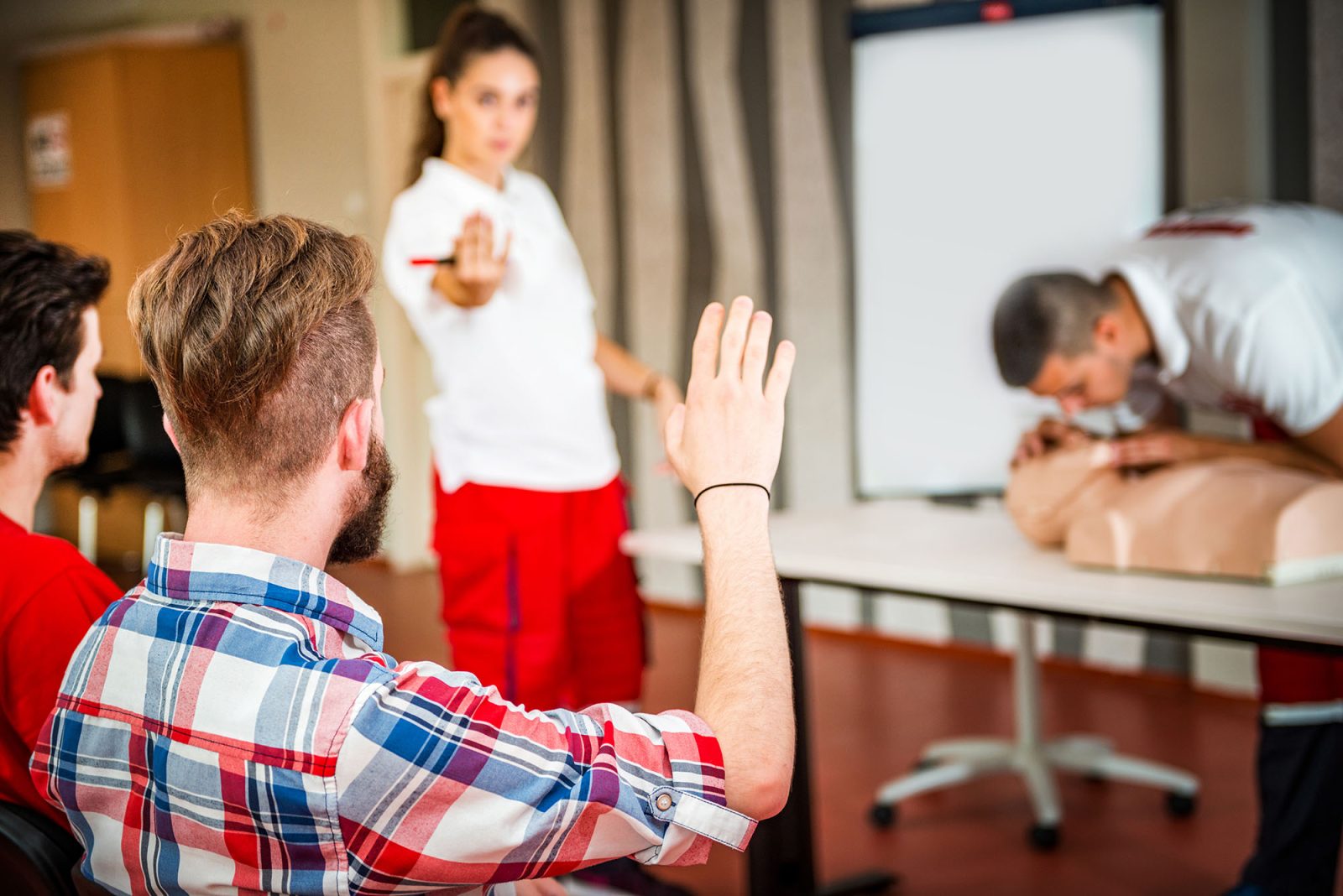Winter First Aid Treating Frostbite, Hypothermia, and Slips
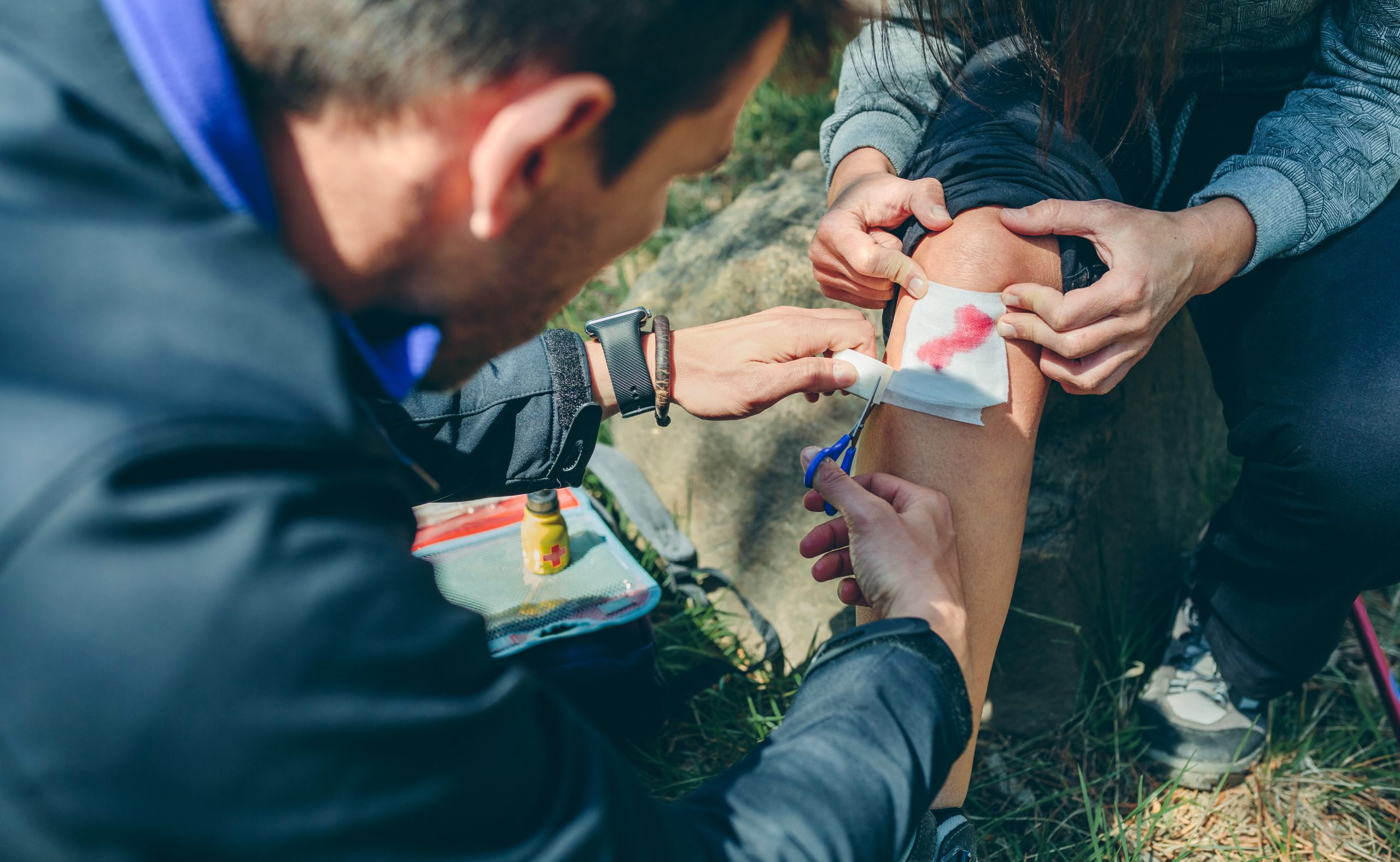
Winter First Aid Treating Frostbite, Hypothermia, and Slips
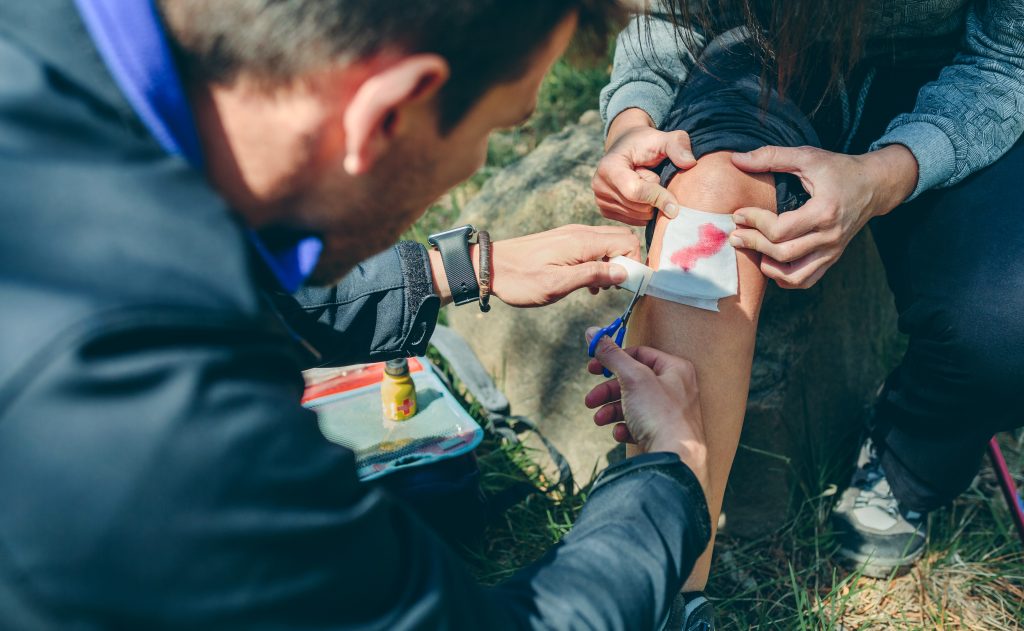
Winter is a beautiful season, characterized by snow-covered landscapes and cozy fireside moments, but it also presents significant health risks. Frostbite, hypothermia, and injuries from slip and falls are common during the colder months. Understanding how to identify and treat these conditions can make a significant difference in recovery and overall safety. This guide will walk you through recognizing symptoms, administering first aid, and adopting preventive measures to keep you and your loved ones safe.
Understanding Frostbite
Frostbite is a potentially serious condition that occurs when skin and underlying tissues freeze due to exposure to extreme cold. It’s most common on body parts farthest from the heart, such as fingers, toes, nose, and ears. Understanding frostbite and its implications can help mitigate its impact.
Recognizing Frostbite Symptoms
Identifying frostbite early is crucial for effective treatment. Early detection can prevent the condition from worsening and reduce the risk of complications. Here are some common symptoms:
- Numbness and Tingling: Affected areas may feel numb or have a tingling sensation, often the first sign of frostbite. The lack of sensation is due to nerve damage caused by freezing temperatures.
- Skin Discoloration: As frostbite progresses, the skin may appear white or grayish-yellow, indicating reduced blood flow and tissue damage. In severe cases, the skin can turn black due to tissue death.
- Waxy Skin: The skin may look hard or waxy, signaling deeper tissue involvement. This appearance results from ice crystals forming within the skin layers.
- Blisters: Severe cases can develop blisters filled with clear or milky fluid. These indicate that the body is trying to protect and heal the damaged tissues.
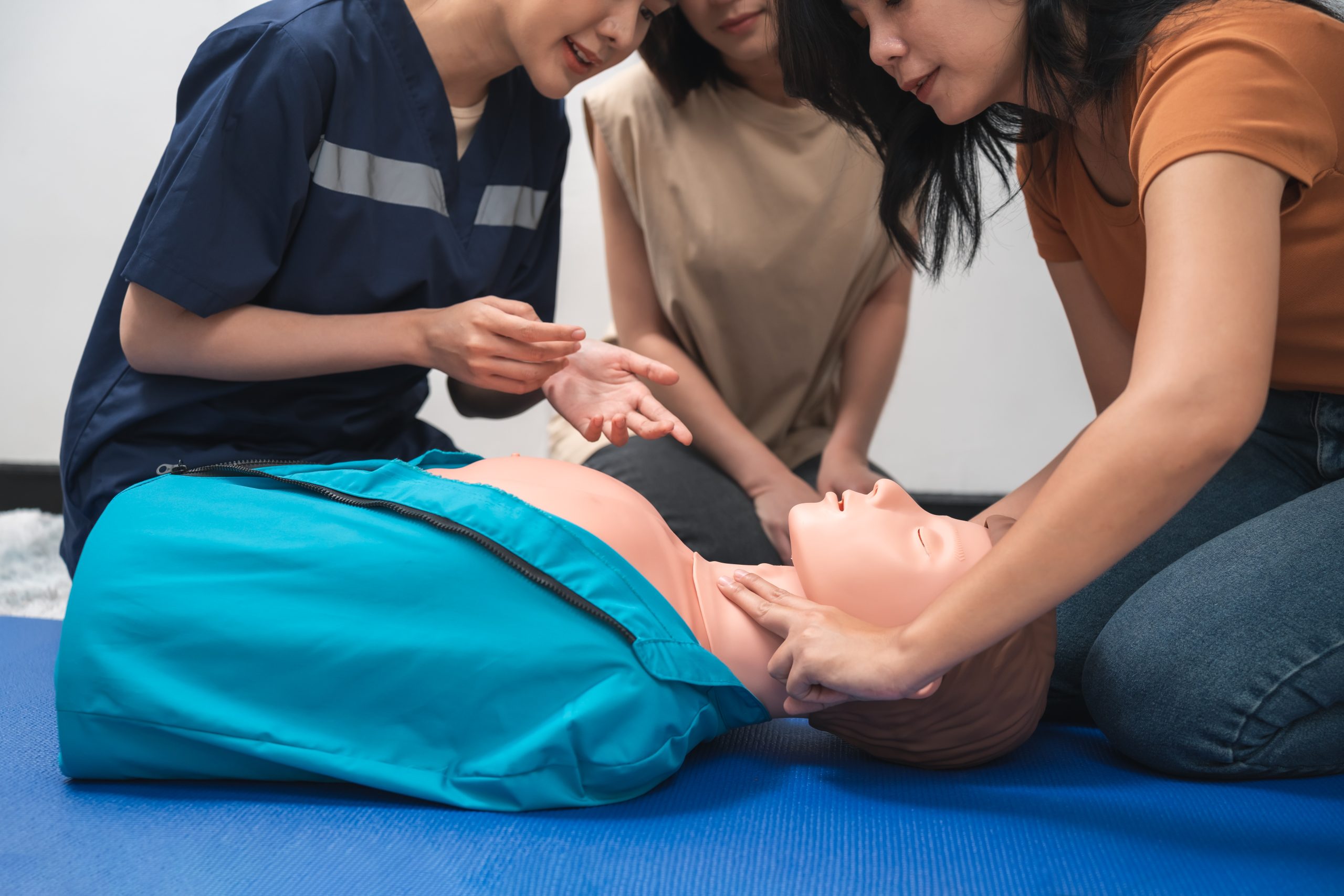
Frostbite Care and Treatment
Immediate and appropriate care can prevent lasting damage. Here’s what you should do to manage frostbite effectively:
- Move to a Warm Place: Get the person indoors as quickly as possible to reduce further exposure. A warm, sheltered environment helps stabilize body temperature.
- Remove Wet Clothing: Wet clothes can exacerbate the condition by accelerating heat loss. Gently remove them and replace with dry, insulated layers.
- Gradual Warming: Immerse the affected area in warm (not hot) water, ideally between 98.6°F and 104°F, for 15-30 minutes. Avoid using direct heat sources like fireplaces or heaters, which can cause burns.
- Avoid Walking on Frostbitten Toes or Feet: Walking can increase damage by causing further injury to the frozen tissues. Instead, keep weight off the affected areas.
- Seek Medical Attention: Severe frostbite requires professional treatment, possibly including medication and wound care. Doctors may administer pain relief and assess for complications such as infection.
Recognizing and Treating Hypothermia
Hypothermia occurs when the body loses heat faster than it can produce it, leading to a dangerously low body temperature. It’s a serious condition that can be life-threatening if not treated promptly. Understanding the symptoms and treatment options is essential for effective intervention.
Symptoms of Hypothermia
Knowing the signs of hypothermia is crucial for timely intervention. Early recognition can prevent the condition from advancing to a critical stage:
- Shivering: Initial response to cold exposure as the body attempts to generate heat. Persistent shivering indicates that the body is struggling to maintain its core temperature.
- Slurred Speech: Difficulty speaking clearly, a result of reduced brain function and muscle coordination due to the cold.
- Slow Breathing: Respiration may become shallow, indicating the body’s systems are slowing down. This can lead to decreased oxygen levels in the blood.
- Confusion or Memory Loss: Affected individuals might seem disoriented, unable to recall information or navigate familiar environments. This is a sign of impaired brain activity.
- Fatigue: Extreme tiredness or lethargy, as the body diverts energy to preserve vital functions. Individuals may feel an overwhelming urge to lie down and rest.
- Loss of Coordination: Difficulty walking or using hands, often leading to stumbling or dropping objects. This is due to muscle stiffness and reduced nerve function.
Hypothermia Treatment
If you suspect someone has hypothermia, take these steps immediately to stabilize their condition:
- Get Them Indoors: Move the person to a warm, dry place to prevent further heat loss. An enclosed space helps control the environment and allows for more effective warming measures.
- Remove Wet Clothing: Replace with dry, warm layers to retain body heat. Layering with wool or thermal materials is ideal, as they provide good insulation.
- Warm Gradually: Use blankets or body heat to warm the person. Avoid direct heat, which can shock the system and cause irregular heartbeats.
- Offer Warm Beverages: If the person is conscious, give them warm (non-alcoholic, non-caffeinated) drinks. This helps raise internal body temperature and provides comfort.
- Seek Medical Help: Hypothermia is a medical emergency. Call for professional assistance as soon as possible, as advanced care may be needed to prevent complications.
Dealing with Injuries from Slips and Falls
Winter conditions often lead to slippery surfaces, increasing the risk of slip and fall injuries. These can range from minor bruises to serious fractures. Understanding how to prevent and respond to these injuries is crucial for maintaining safety during the winter months.
Preventive Measures
Preventing falls is the best strategy. Implementing precautionary measures can significantly reduce the risk of accidents:
- Wear Appropriate Footwear: Shoes with good traction reduce slip risks. Look for boots with non-slip soles and insulation to keep feet warm and stable.
- Clear Walkways: Remove ice and snow from pathways and use salt or sand to improve grip. Regular maintenance of walkways ensures they remain safe to navigate.
- Take Small Steps: Walk slowly and keep your center of gravity over your feet. Adopting a cautious gait helps maintain balance on slippery surfaces.
- Use Handrails: They provide extra stability on stairs and inclines, reducing the likelihood of falls. Always hold onto railings when available to support your movement.

First Aid for Slip and Fall Injuries
If a fall occurs, assess the situation carefully to provide appropriate first aid:
- Check for Injuries: Look for pain, swelling, or inability to move a body part. Assessing these symptoms helps determine the severity of the injury.
- Immobilize the Area: Use a splint or bandage to prevent further injury. Keeping the injured area stable helps reduce pain and prevents additional damage.
- Apply Ice: Reduce swelling by applying ice packs wrapped in a cloth for 15-20 minutes. Cold therapy minimizes inflammation and provides relief.
- Elevate the Injury: If possible, keep the injured area raised above heart level. Elevation aids in reducing swelling by promoting venous return.
- Seek Professional Care: Visit a healthcare provider for severe pain or suspected fractures. Professional evaluation ensures proper diagnosis and treatment.
Preparing for Winter Emergencies
Preparation is key to handling winter emergencies effectively. Being equipped and informed can make a significant difference in ensuring safety and well-being:
- Keep Emergency Supplies: Stock up on blankets, warm clothing, and a first aid kit. Having these essentials readily available ensures quick access during emergencies.
- Stay Informed: Monitor weather forecasts and heed travel advisories. Staying updated helps you anticipate and prepare for adverse weather conditions.
- Educate Family and Friends: Share this information so everyone knows what to do in an emergency. Ensuring that those around you are informed promotes collective safety and readiness.
Conclusion
Winter weather can bring joy and challenges. By understanding and preparing for the risks of frostbite, hypothermia, and slip injuries, you can enjoy the season safely. Remember, quick and appropriate action is essential for preventing complications and ensuring a swift recovery. Staying vigilant and informed helps mitigate risks and enhances your ability to respond effectively to emergencies.
Stay warm, stay safe, and take care of each other this winter season. Embrace the beauty of winter while remaining mindful of its potential hazards. Your proactive approach can make a significant difference in ensuring a safe and enjoyable winter experience for yourself and your loved ones.
Take Action: Enroll in CPR and First Aid Classes Today!
Being prepared for winter emergencies goes beyond understanding frostbite, hypothermia, and slip injuries. One of the most valuable skills you can acquire is CPR (Cardiopulmonary Resuscitation) and First Aid training. These classes equip you with the knowledge and skills to respond effectively in critical situations, potentially saving lives.
Why Take CPR and First Aid Classes?
- Immediate Response: In emergencies, every second counts. Knowing how to perform CPR and administer first aid can make a significant difference in outcomes.
- Confidence: Training provides the confidence to act decisively in emergencies, reducing hesitation and fear.
- Community Safety: By learning these skills, you contribute to the safety of your community, ensuring that help is available when needed.
Find CPR Classes Near You
Don’t wait until an emergency occurs. Search for CPR Classes Near Me to find local training sessions. Take the proactive step today to enhance your emergency preparedness. Enroll in a CPR and First Aid class and empower yourself to make a difference this winter season!
AHA BLS CPR & AED Classes
FAQ
Our primary goal is to ensure that you receive a top-quality CPR/First Aid certification. With our in-person training in Austin, you can learn CPR and BLS in just one class. Your presence is all that’s needed to continue with your lesson! During your session, you will complete all the live-training components necessary to ensure you receive your AHA Healthcare Provider certification card.
Our CPR Classes in Austin are discounted to $59.95 (saving you $20), and our CPR + First Aid Class is offered at $79.95 (also saving you $20). When looking for CPR Classes, ensure to check for the American Heart Association seal. Other sites might seem cheaper but frequently lack the official training credentials demanded by employers.
Upon successful completion of the course, you will obtain a CPR certification that is valid for two years. The AHA CPR certification is recognized with the highest acceptance rate among employers nationwide.
Indeed! Enroll in any CPR Certification Austin BLS course to extend your certification for an additional two years. The in-person BLS course and the Renewal Class are identical.
Anyone capable of completing the course independently should consider pursuing CPR training and CPR Certification. There is no minimum age restriction for obtaining a CPR certification in Austin through the American Heart Association (AHA)..
CPR training needs to be carried out in person to guarantee its effectiveness. Our experienced instructors offer an engaging and dynamic learning experience. Typically, employers do not recognize CPR certifications that are obtained solely through online courses.
All authorized American Heart Association training centers are obligated to display the entire video. After a three-hour session with CPR Classes Near Me Austin, your BLS CPR eCard will be promptly issued by the instructor on the same day!
Recent Posts
- Safeguarding Little Lives: Essential First Aid for Austin’s Educators
- Austin ER: Critical Team Dynamics in Resuscitation
- The Ultimate Guide to BLS Certification in Austin
- The Essential Guide to BLS Certification for Nurses and Medical Staff
- AHA BLS vs. Other Certifications: A Comprehensive Breakdown

